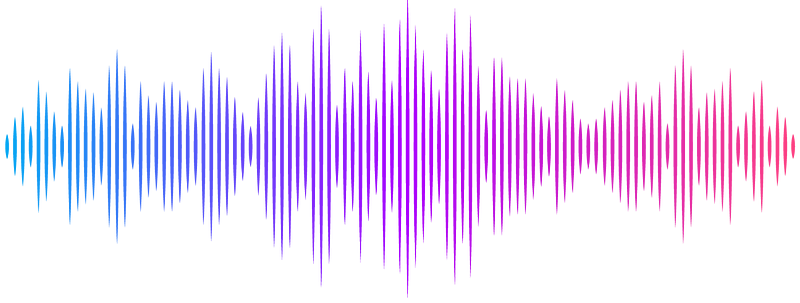Encoding of T=1 virus capsid structures through the interfaces of oligomer subcomponents

Encoding of T=1 virus capsid structures through the interfaces of oligomer subcomponents
Jeppesen, M.; Andre, I.
AbstractVirus capsid formation is one the most complex self-assembly processes in nature, involving the association of a large number of protein subunits into well-defined structural states. The ability of protein subunits to efficiently self-assembly is encoded in the protein sequence, and ultimately in the protein-protein interfaces within the growing capsid. The relative strengths of interfaces can be important in directing the self-assembly process, and determine which intermediates are formed early in the self-assembly process. In this study we characterize the interfaces in homomeric T=1 virus capsids to investigate to what extent interfaces within the assemblies are different from other protein-protein interfaces, and which interfaces are most critical for self-assembly. Interfaces were divided into dimers, trimers, and pentamers and compared to interfaces of non-viral homomeric dimers, trimers, and pentamers. The analysis suggests that viral interfaces are larger than non-viral counterparts, and differ in amino acid content, but are energetically similar in terms of the quality of intermolecular interactions. Trimers are predicted to be the most stable oligomers, which may imply that they form early in the self-assembly process. However, dimeric and pentameric interfaces are typically similar in terms of predicted stability suggesting that assembly formation in T=1 capsids may progress through many different routes, rather than progressing through a single dominant intermediate species. With symmetric docking calculations, the energy landscape of the assembled capsid was characterized, and the results highlight that the assemblies exhibit deeply funneled energy landscapes encoded by protein-protein interfaces that have a high degree of specificity.


